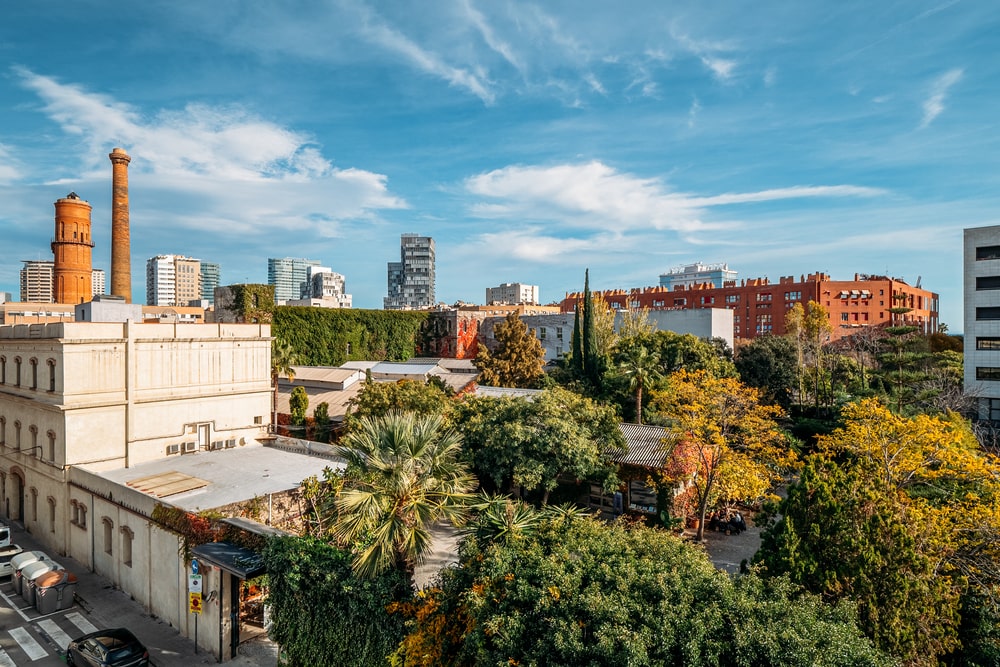-
Barri Gòtic - Gothic Quarter
The Gothic quarter is the historical and geographical centre of Barcelona. This is the place to stay if you want mediaeval charm and narrow winding streets lined with historic buildings and plenty of old world atmosphere. The maze of streets from the middle ages are a pleasure for those who want to get lost and explore the city with hidden tapas bars and some boutique shopping.
Attractions include the famous pedestrian street La Rambla with its crowds of tourists and street performers, Barcelona’s imposing gothic cathedral and the Plaça del Rei, a medieval palace which houses the history museum MUHBA. Don’t miss Plaça Reial, an elegant piazza with exclusive outdoor restaurants and Barcelona’s most famous clubs and jazz bars.
As the Gothic quarter is popular with tourists, you can expect some of the most expensive accommodation. Whilst there is a plethora of restaurants and bars in the area, they tend to be more expensive and less traditional. Beware of tourist traps and venture out of the area for more traditional, local restaurants with lower prices.
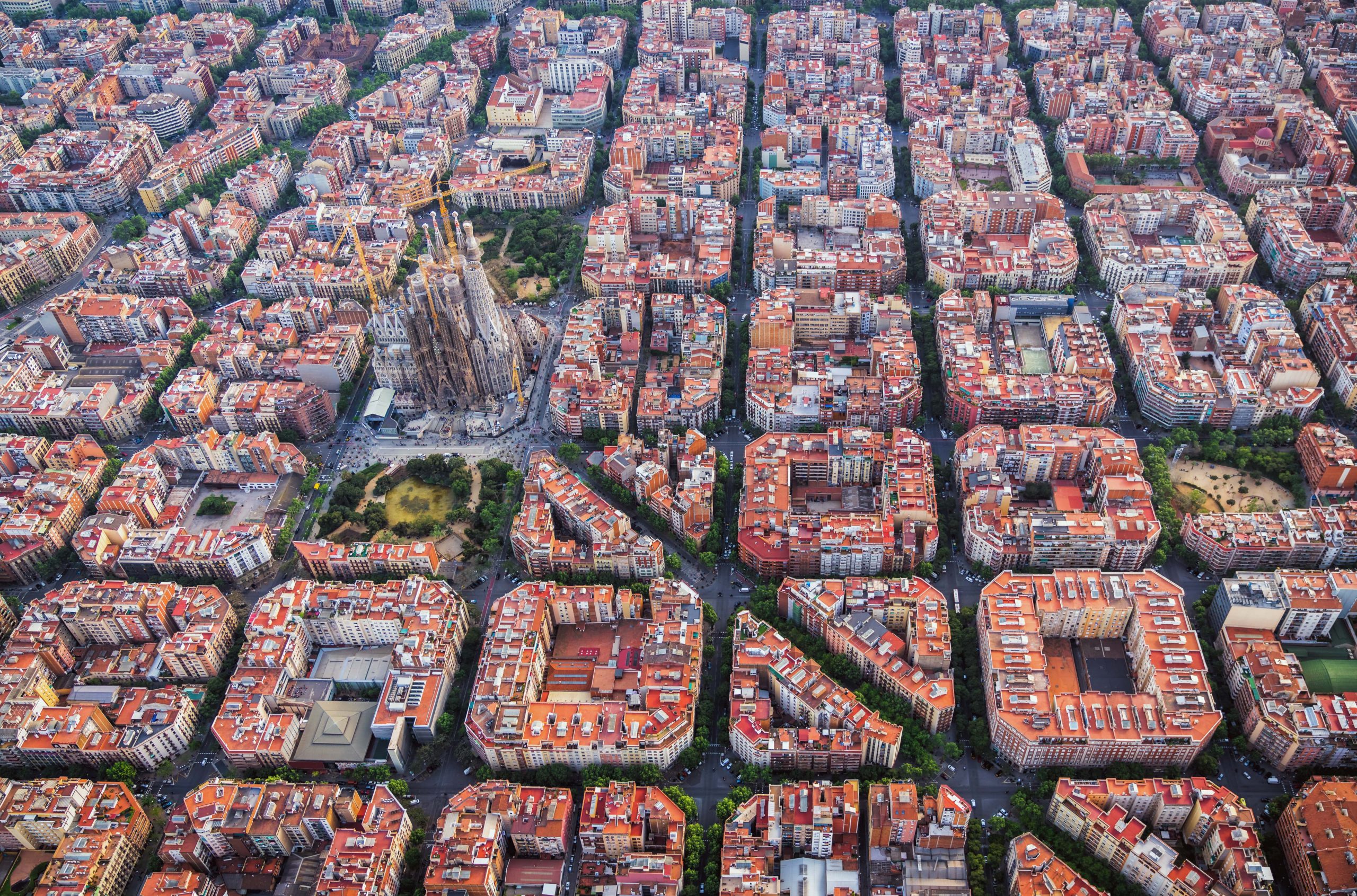
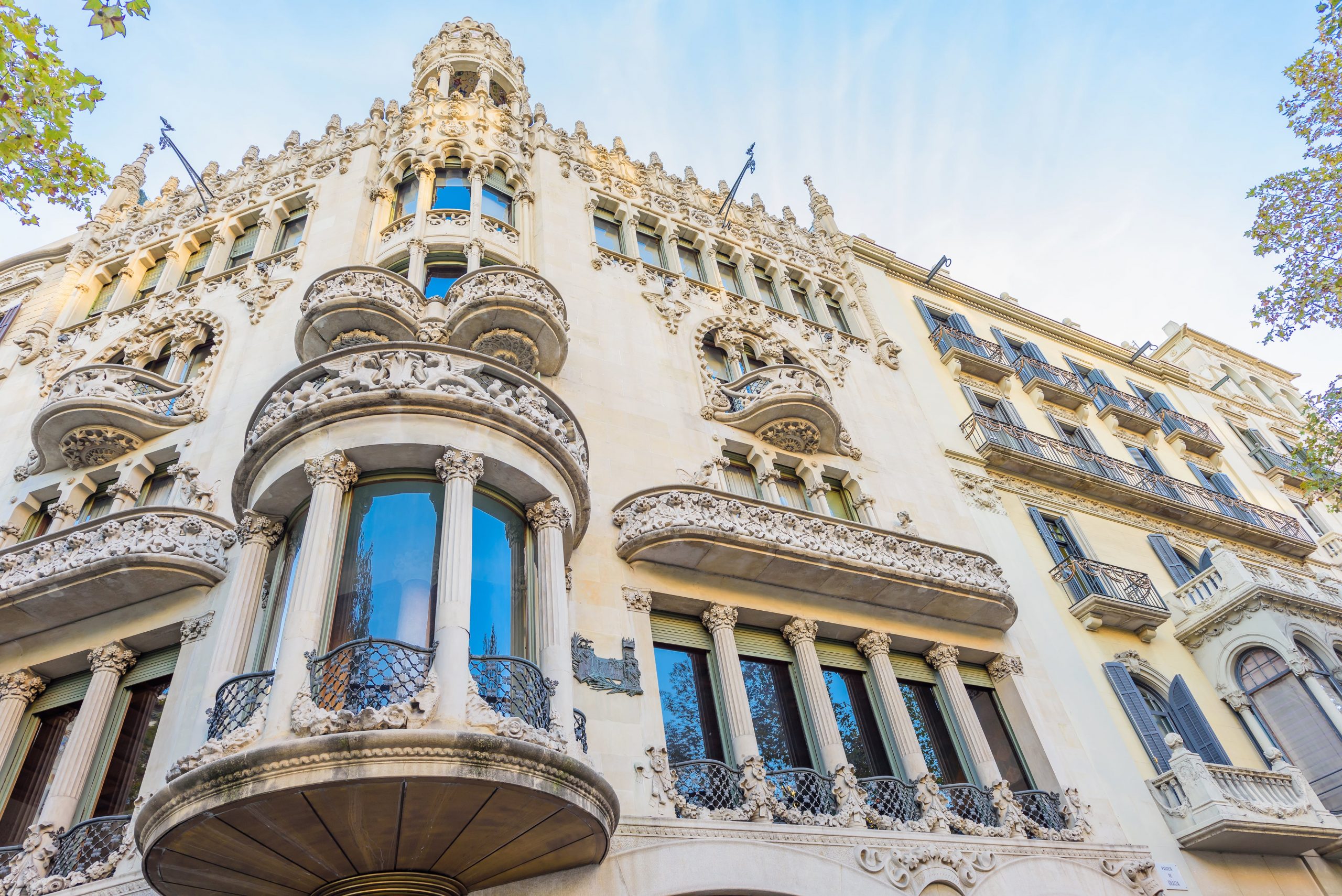
-
Eixample
One of the newest parts of the city, Eixample means ‘extension’ in Catalan. This elegant district that many locals consider the ‘true Barcelona’ developed at the end of the 19th and 20th centuries. Built on a grid pattern marked by long straight streets and wide avenues, Eixample was inhabited by the well-to-do from the outset. Consequently the Modernist Architecture of the neighbourhood is one of its attractions. Many of the fine houses on the Passeig de Gràcia are an excellent example, designed by the best Catalan architects, including Gaudi.
A number of Barcelona's top attractions can be found in Eixample including Casa Batllo and Casa Mila by Gaudi, the Egyptian museum, not to mention luxury shopping with many flagship stores from top designers. Barcelona’s top highlight, the Sagrada Familia, is within easy walking distance.
Eixample is also known for fine dining, gourmet foodies should head for San Antoni to the southwest of the district famed for its Michelin star restaurants. Accommodation options tend to be on the luxury side with grand five star hotels and bourgeois boutiques with few budget options.
-
Gracia
Bohemian Gracia is located just above the chic Passeig de Gracia, once a separate village it has retained that small town charm. There is more striking modernist architecture with some idyllic pedestrian areas. This is the place to stay if you want a slower pace and more local vibe. Long narrow streets open into unexpected squares where locals gather to meet friends or just soak up the sun. Gràcia is also known for its independent fashion boutiques,hip bars, ethnic restaurants and quirky independent shops.
The lack of tourist hotspots gives Gracia a more relaxed rhythm and traditional Catalan bistros and wine bars make for an authentic night out. The central square Plaza del sole is lively at night, this is where locals meet to start off the evening the same with Placa de la Vila de Gracia, famous for its old clock tower. Perched on the hill is Gaudi’s elaborate Parc Guell, with fairytale buildings adorned in coloured mosaics as well as his first residential project Casa Vicens from his early oriental period.
Gracia is within easy reach of the centre with excellent transport links. Accommodation options in laid back Gracia are mostly small hotels and budget-friendly hostels.
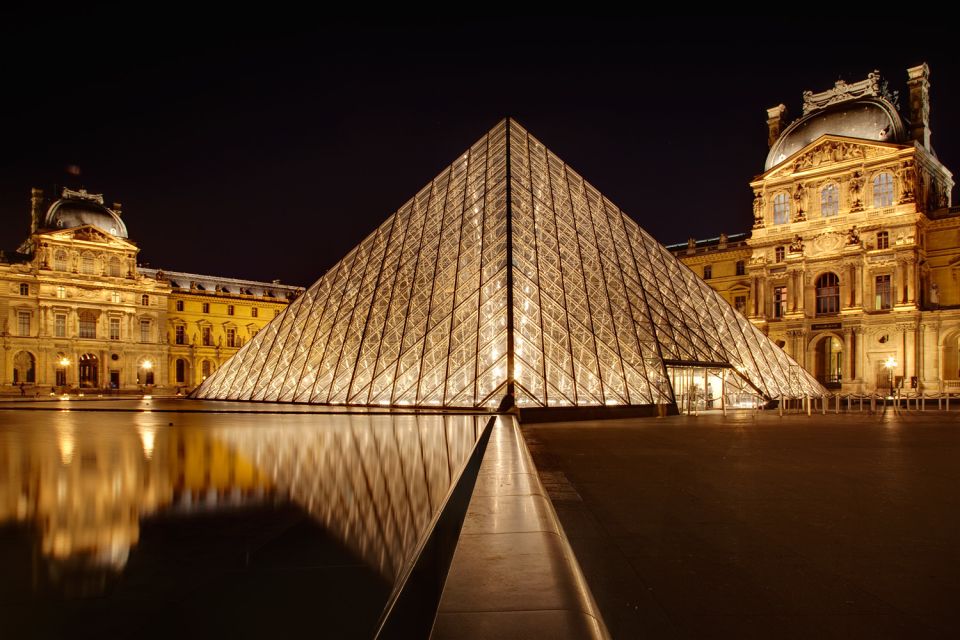
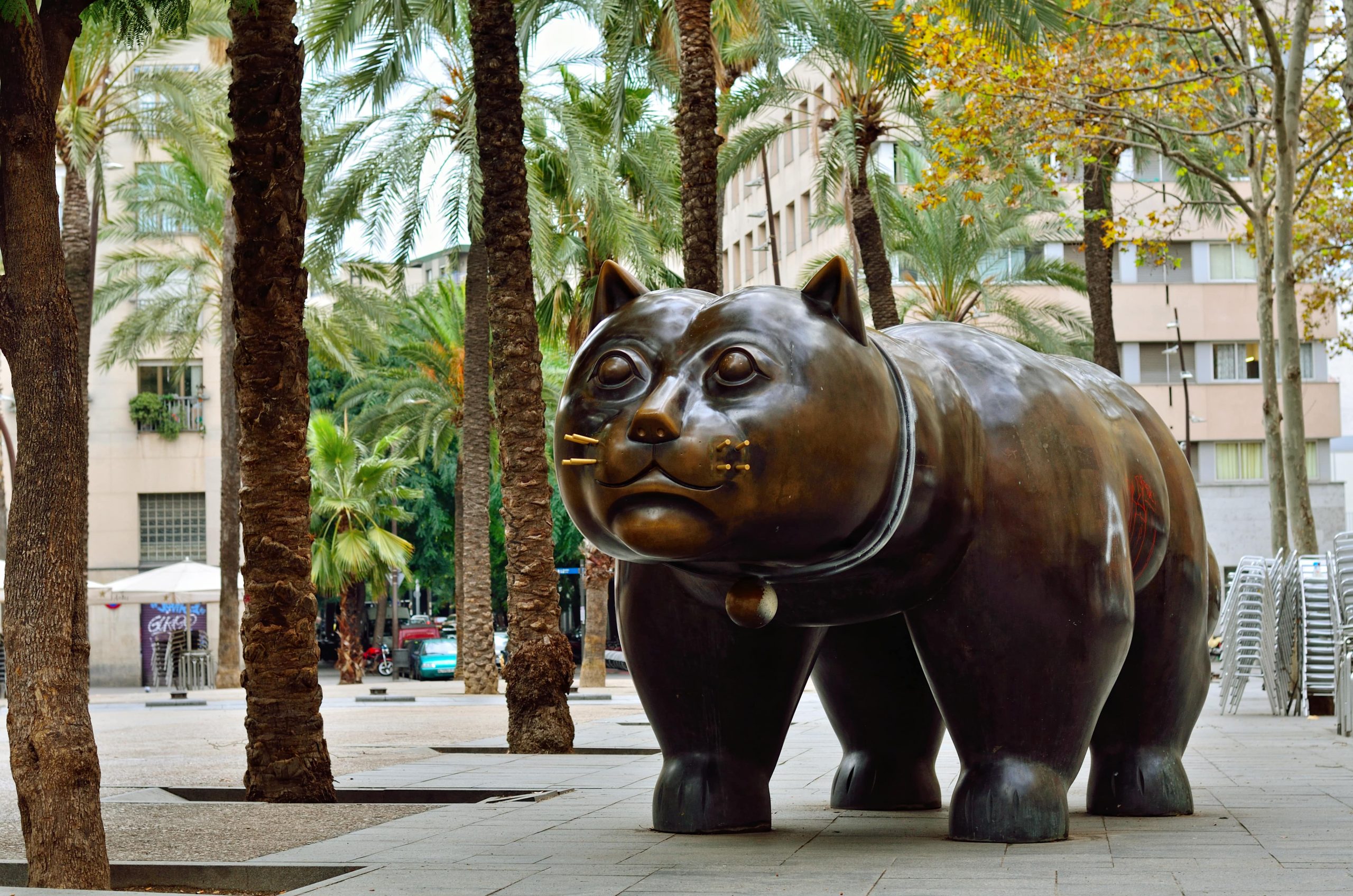
-
El Raval
El Raval
El Raval is the place to go for a local vibe as well as a cultural and ethnic mix. Originally outside the city walls, home to the red light district and foreigners. El Raval has gentrified over the last century, making it one of the coolest and most diverse neighbourhoods of the city today. History meets modernity in El Raval with the oldest church in Barcelona Monastery of San Pau (11th century) alongside trendy squares filled with skateboarders and ultra modern art venues like the MACBA - Barcelona’s museum of contemporary art and CCCB - the Centre of Contemporary Culture with .
Owing to the cultural melting pot that is El Raval, it is the best area of the city for vegetarian and vegan restaurants and alternative shopping, from trendy and vintage boutiques to unusual craft items.
El Raval is next to the Gothic quarter so it is close to some major attractions including La Rambla the tree lined avenue that separates the districts, La Boqueria the fresh food market and Gran Teatre del Liceu, Barcelona’s opera house.
You will find the best value accommodation in El Raval, from a few large modern hotels to more quirky boutique hotels.
-
El Poble Sec
Poble Sec is a residential area nestled at the foot of Montjuic mountain. It was originally outside of the city walls, parts of which can still be seen, then it became an industrial quarter; the smoke stacks of Catalunya’s first Power station tower over the neighbourhood.
Poble sec is where the locals came to forget the violence and chaos of the early 20th century in the theatres and dance halls. El Molino, Barcelona’s Moulin Rouge, has recently reopened, bringing cabaret and burlesque back to the city as well as a host of independent theatres like Mercat de la Flors, a flower market turned contemporary dance venue. Today it has a vibrant and multicultural mix with residents from Italy, Pakistan and the Philippines, merging with the locals.
Attractions include Montjuic with its many parks and gardens, the Castle and the Cable car with fantastic panoramic views. Head to the Joan Miro Foundation for surrealist art or Poble Espanyol, a mini Spanish Village and architecture museum with replicas of 117 buildings dotted around Spain.
Relatively untouched by visitors, Poble sec is a great place to stay if you want to be close to the hustle and bustle yet far enough to explore local hotspots and traditional, inexpensive restaurants. Poble-sec is very accessible at only 15 minutes walk from La Rambla and just over 20 minutes walk to the beach it is also well connected with three metro stations: Paraŀlel, Poble Sec and Espanya as well as the Funicular to take you up to Montjuic.
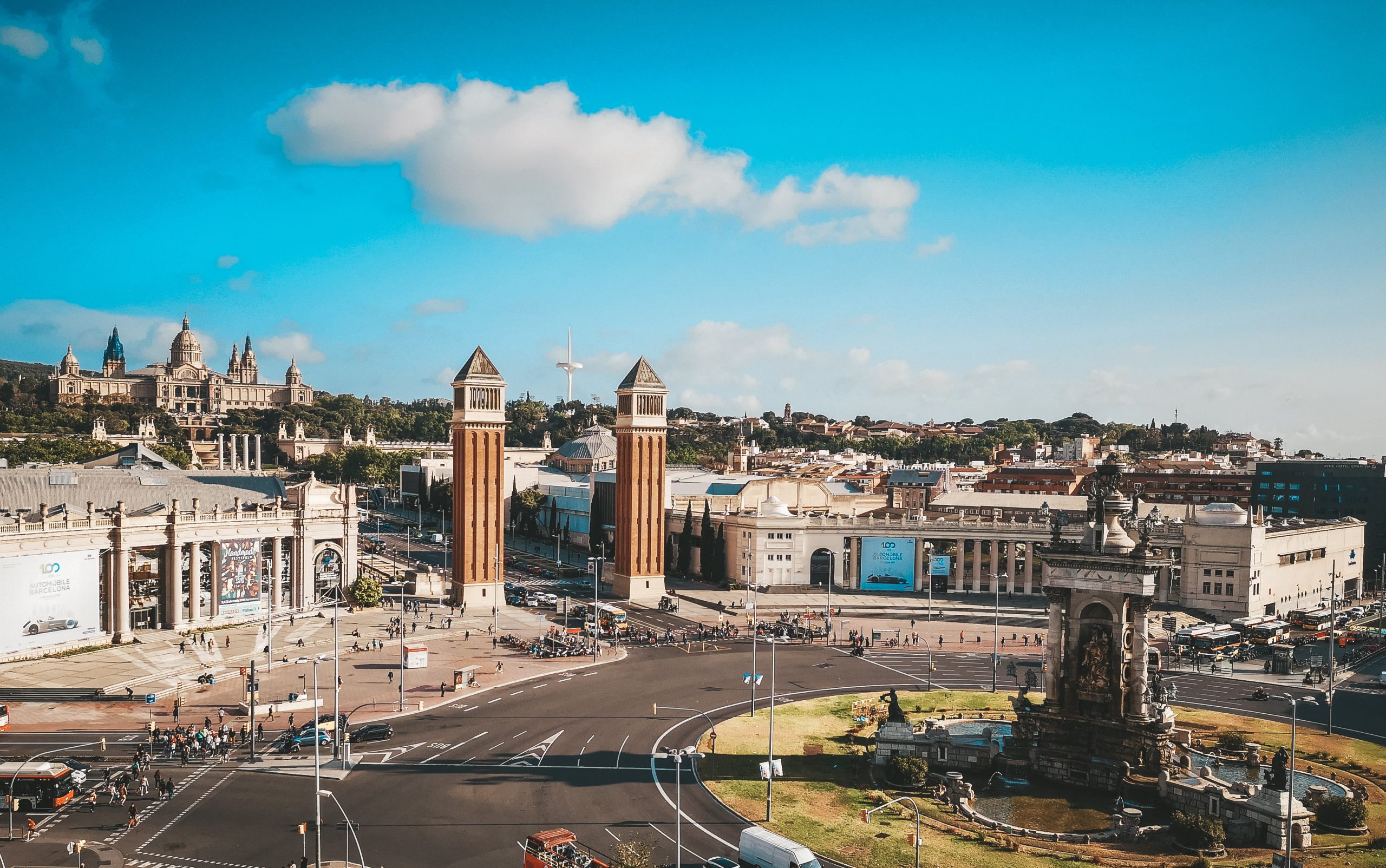
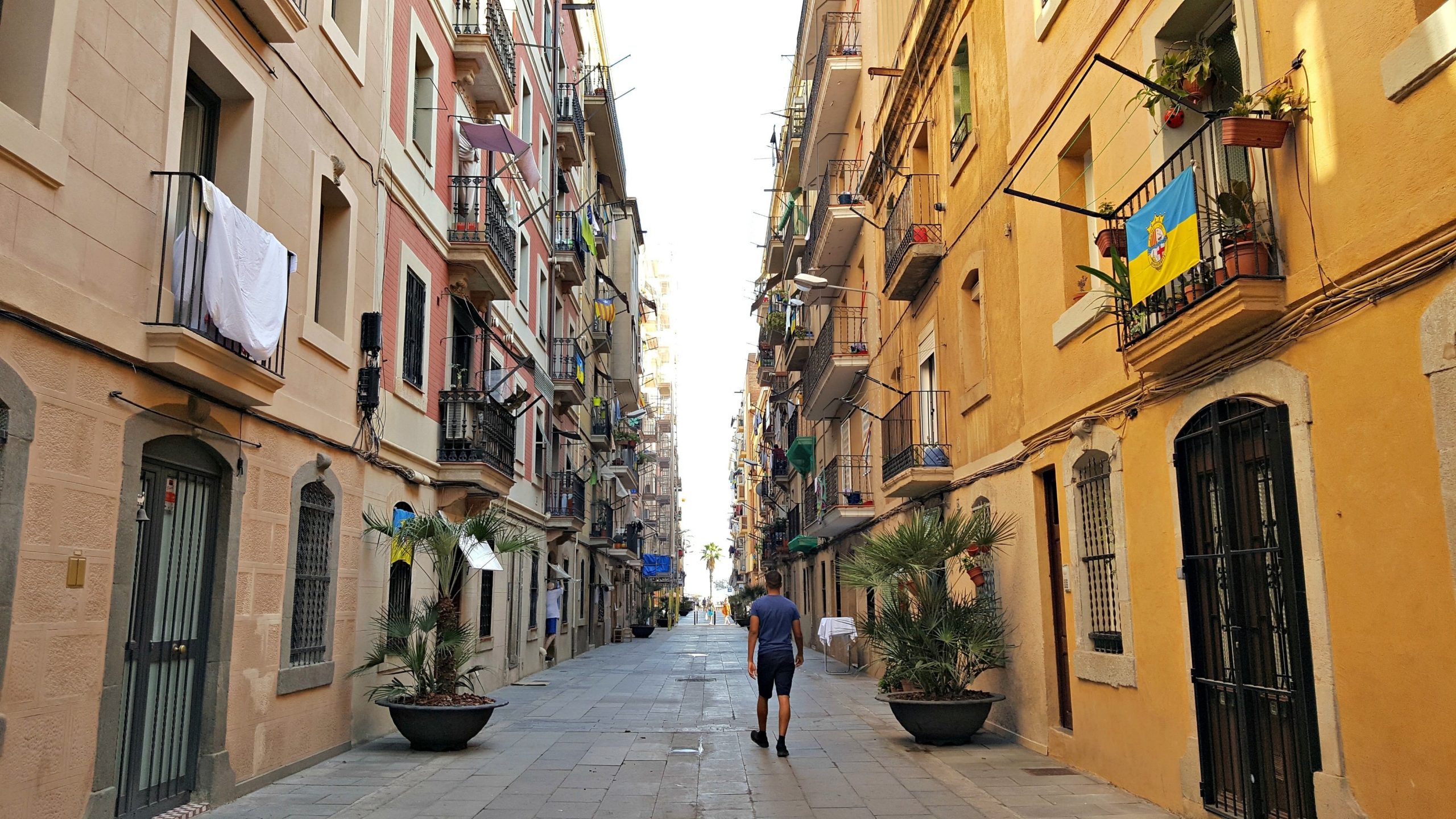
-
Barceloneta
Formerly a fishing village on the edge of the city, Barceloneta has retained its working class feel and is a popular haunt for locals for the beach and the traditional tapas bars and seafood restaurants. A network of narrow streets lead down to the beach, these are filled with local tapas bars and bodegas, some consisting of a single room with standing room only. If you want a local vibe, this is one of the places in the city to find it along with the best seafood restaurants where you will find the traditional paella.
Barceloneta is not far from the port end of La Rambla, so within walking distance of the central attractions and is connected by metro. Attractions include the Aquarium which is popular with families and the port cable car which takes you on a breathtaking ride past the port over the centre of Barcelona and up to the picturesque hill of Montjuic. Barceloneta has the closest beach to the city, accessed by a long promenade popular with locals for jogging and dog walking.
Accommodation is somewhat limited in Barceloneta to small budget or midrange hotels, although you will find characteristic apartments and even boat stays.
-
El Poblenou
Just past Barceloneta to the east of the city flanked by beaches is Poblenou, a hip and up and coming area. Marked by the futuristic Agbar Tower, the ‘new village’ as it is called in Catalan, was once dedicated to heavy industry with factories, warehouses and worker’s housing. The Olympic games of 1992 was the catalyst for the regeneration of this area which has come full circle. Poblenou has become the tech centre of Barcelona akin to Silicon Valley; with high rise offices and residential blocks popping up as well as two shopping centres, restaurants, bars and superclubs. Industrial age buildings like warehouses and factories have been turned into lofts, shops and art galleries. With its revived industrial chic and young vibe, this is also the district if you are looking for serious nightlife, there are several beachside nightclubs and superclubs where you can dance till dawn.
Poblenou is quite far from the tourist attractions, although it is well connected by tram and two metro stations. Rambla de Poblenou is lined with modern tapas restaurants and bars and leads down to the huge Parc de Poblenou which lines the coast. One thing Poblenou has plenty of is beaches, there are five wide sandy beaches to choose from.
